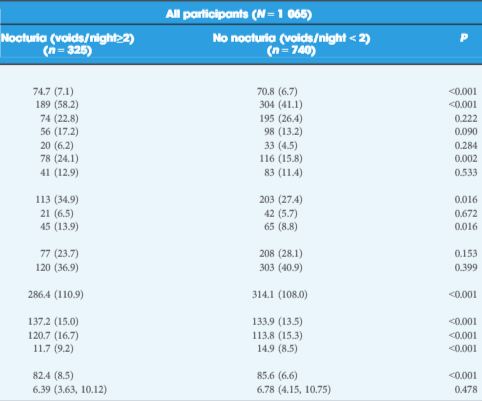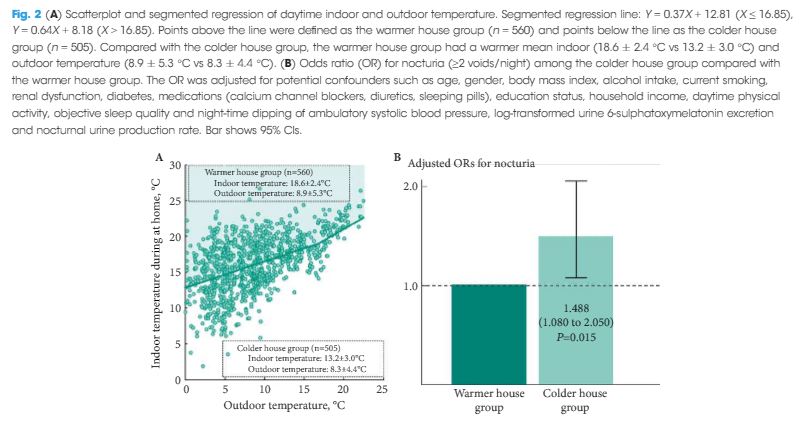Article of the Week: Indoor cold exposure and nocturia
Every Week the Editor-in-Chief selects an Article of the Week from the current issue of BJUI. The abstract is reproduced below and you can click on the button to read the full article, which is freely available to all readers for at least 30 days from the time of this post.
In addition to the article itself, there is an accompanying editorial written by a prominent member of the urological community. This blog is intended to provoke comment and discussion and we invite you to use the comment tools at the bottom of each post to join the conversation.
If you only have time to read one article this week, it should be this one.
Indoor cold exposure and nocturia: a cross-sectional analysis of the HEIJO-KYO study
Objectives
To investigate the association between indoor cold exposure and the prevalence of nocturia in an elderly population.
Subjects and Methods
Results
The mean ± sd age of participants was 71.9 ± 7.1 years, and the prevalence of nocturia was 30.8%. A 1 °C decrease in daytime indoor temperature was associated with a higher odds ratio (OR) for nocturia (1.075, 95% confidence interval [CI] 1.026–1.126; P = 0.002), independently of outdoor temperature and other potential confounders such as basic characteristics (age, gender, body mass index, alcohol intake, smoking), comorbidities (diabetes, renal dysfunction), medications (calcium channel blocker, diuretics, sleeping pills), socio-economic status (education, household income), night-time dipping of ambulatory blood pressure, daytime physical activity, objectively measured sleep efficiency, and urinary 6-sulphatoxymelatonin excretion. The association remained significant after adjustment for nocturnal urine production rate (OR 1.095 [95% CI 1.042–1.150]; P < 0.001).
Conclusions
Indoor cold exposure during the daytime was independently associated with nocturia among elderly participants. The explanation for this association may be cold-induced detrusor overactivity. The prevalence of nocturia could be reduced by modification of the indoor thermal environment.



